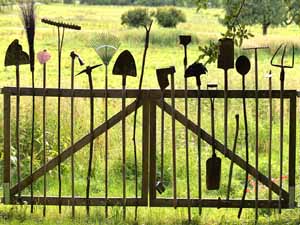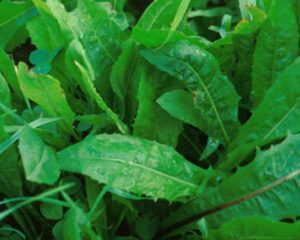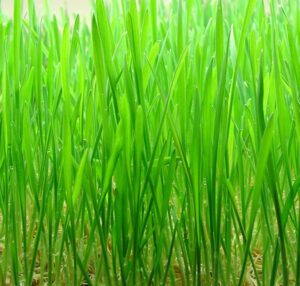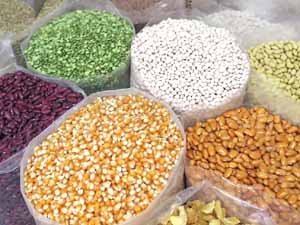Growing rutabagas organically in home garden is almost similar to growing turnips. But the main difference between growing rutabagas and turnips ‘is the time required for full growth’. Growing rutabagas generally takes 4 weeks longer than growing cabbage or turnips.
Plants of both rutabagas and turnips are not much different. The main difference is that the roots are larger, firmer and rounder than turnip roots and the leaves on the rutabagas are smoother. And in truth, rutabagas are not as popular as turnips or some other cold-season crops.
Rutabaga (Brassica napobrassica) is actually a root vegetable that originated as a cross between the cabbage and turnip. It is also known by some other names in different parts of the world.
It’s other names include Rotabagge, Swede, Maip, Rwden, Swedsen, Erfin, Swejen, Snadgers, Snaggers, Narkies, Napin, Neep, Yellow turnips etc.
Both roots and leaves of the rutabaga plants are edible. The roots are prepared in a variety of ways for human consumption.
And the leaves can be consumed as a leaf vegetable. And both roots and leaves are also used as winter feed for livestock.
In some areas the livestock animals are fed rutabagas directly by allowing them to forage the plants in the field.
Rutabagas are good source of vitamin C, sugar, dietary fiber and some minerals. So, you can start growing rutabagas organically in home garden for enjoying this good vegetable.
How to Grow Rutabagas
Growing rutabagas is very easy. They just require about 4 more weeks than growing turnips. However, here we are describing everything about growing rutabagas organically in home garden from preparing the soil, planting, caring and harvesting.
Choose a Variety
Before starting to grow rutabagas, you have to select the right variety. There are not many different varieties of rutabagas available. Generally the American Purple Top and the Laurentian varieties are grown.
The American Purple Top variety has a slightly deeper purple crown. And the Laurentian variety is almost similar in appearance to the American Purple Top variety, but the roots might be slightly smaller.
Pike and Altasweet are also two other less common varieties. You can consult with some existing home gardeners in your area for having good recommendation for choosing the right variety.
Purchase Seeds
After selecting the variety, purchase seeds from any of your nearest seed supply stores. You can also consider ordering the seeds online.
Best Time for Growing Rutabagas
Rutabaga is a cool-season crop. So, you have to start growing rutabagas during the colder months. Rutabaga plants are very strong and hardy and they can tolerate both drought and frost well.
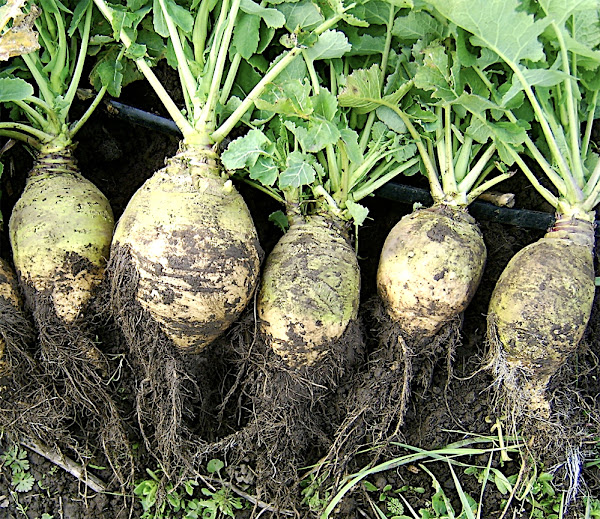
Preparing the Soil
You can start growing rutabagas in any type of soil. But they grow very well in loamy to sandy-loamy soil with the availability of full sun. Rutabaga plants will grow well in soil which is rich in organic materials.
So for preparing the soil, just till the soil and add aged manure or compost into it. The soil should be well drained, so making a raised bed will be good.
Planting Rutabaga Seeds
Rutabaga plants are grown from seeds. If you have prepared the soil already, then just level it and mark some rows. Then sow seeds to about 2 inch apart and about 1/2 inch deep.
The rows should be 14 to 18 inches apart. Rutabaga seeds will germinate within 4 to 7 days. Thin the seedlings to 6 inches apart after germination.
Caring for the Plants
After planting, taking additional care will be good for better growth of the rutabaga plants. So take additional care of your plants if you have time to do so. Here we are describing more about additional caring for the rutabaga plants.
Fertilizing: Rutabaga plants don’t require additional fertilization for proper growth. They will grow just fine if you have already prepared the soil in above mentioned ways.
Watering: 1 to 1.5 inches of water will be good for the rutabaga plants. Although the rutabagas can tolerate drought, but watering is important as the roots reach maturity.
Mulching: Mulching is a good way for retaining moisture in the soil and also for controlling weeds. Use dry leaves, grass clippings, straw or compost as mulch.
Controlling Weeds: Weeds generally consume most of the nutrients from soil, so controlling them is important. You can control most of the weeds from your garden by hand. Using hoe can also be helpful for controlling weeds. But be careful while hoeing, because the rutabaga plants have shallow roots.
Thinning: Rutabaga plants don’t grow well if they are overcrowded. So thinning is necessary. You can thin the seedlings to 6 inches apart after germination.
Pests and Diseases
Like many other garden vegetables, the rutabaga plants are susceptible to some pests and diseases. Flea beetles, root maggots, wireworms and aphids are some common pests for growing rutabagas. You can use homemade organic insecticides for controlling all these pests.
White rust, clubroot and root knot are some common diseases in rutabaga plants. Crop rotating and damaging the affected plants are some good ways for preventing all these diseases.
Harvesting
You can start harvesting the leaves when they reach your desired size. And the roots generally become ready to harvest when they reach about 2-3 inches diameter. Because roots at this size will be tender. But for optimal taste, it will be best if you wait until the roots reach 4-5 inches in diameter. Rutabagas taste best if you can harvest them after a few light frosts.
These are the ways for growing rutabagas organically in home garden. Hope you have learned a lot and enjoyed this guide! Don’t forget to share your stories. Good luck!

